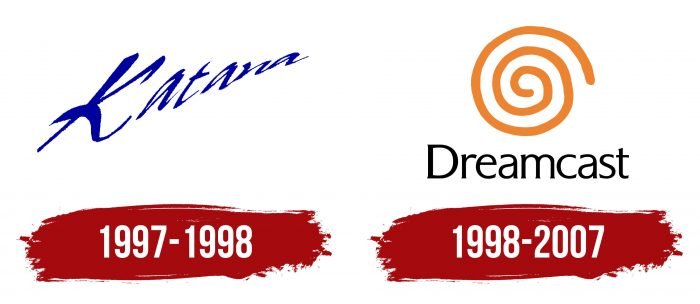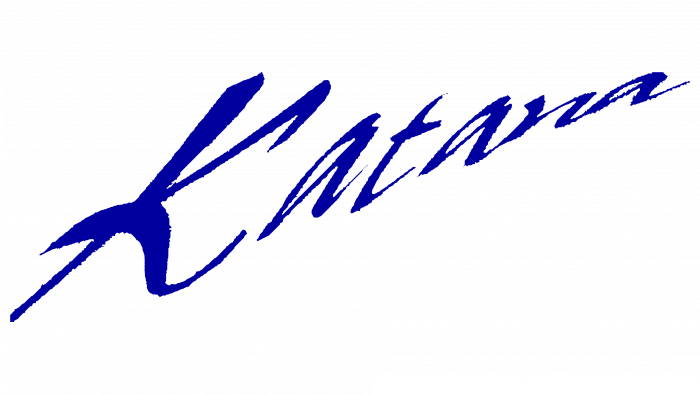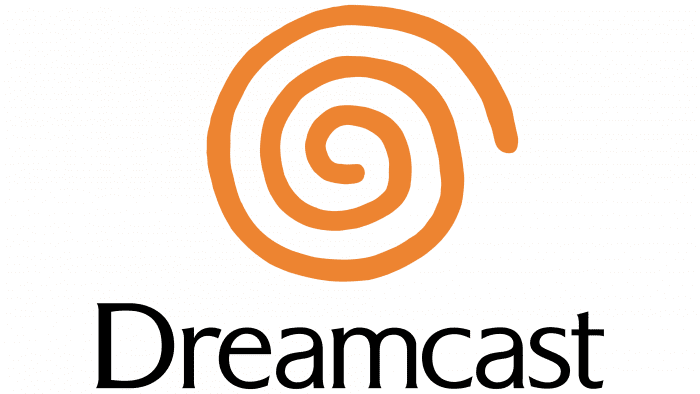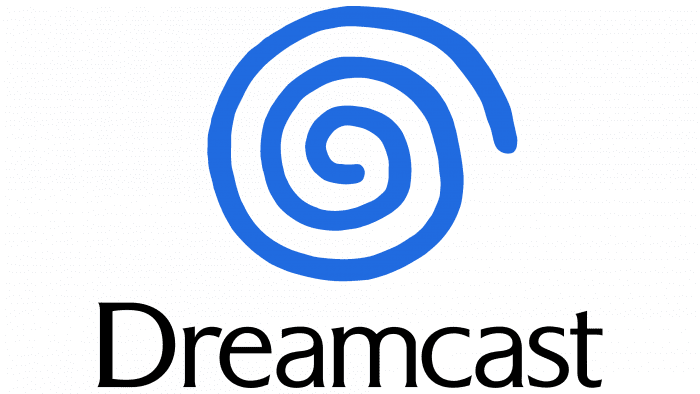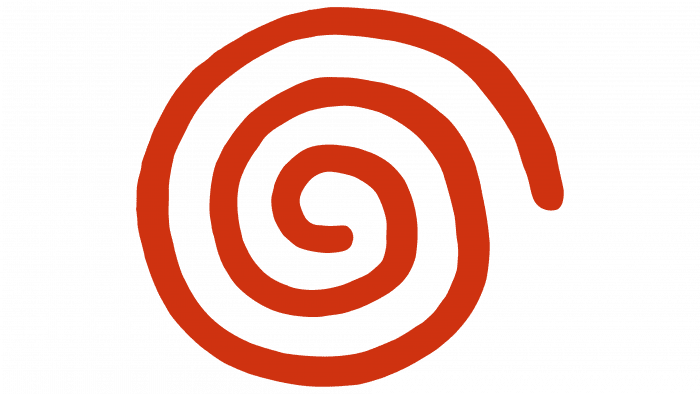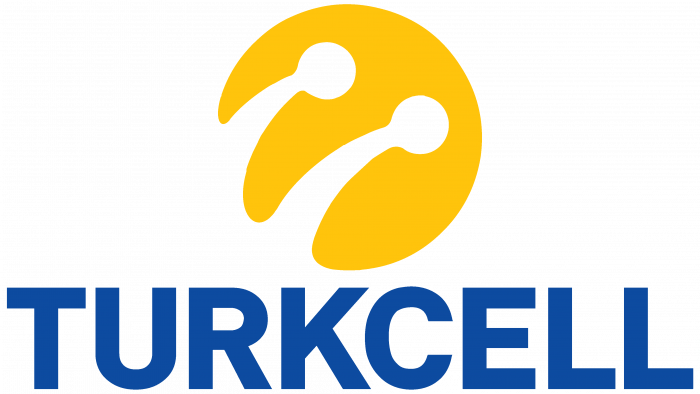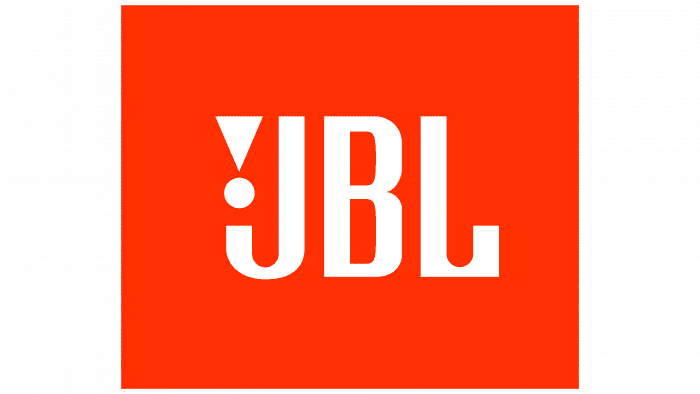The hypnotizing logo of Dreamcast is perfectly suited to the brand of gaming consoles that are hard to put down. It’s like a portal to other worlds – a door leading to a universe of adventures, entertainment, and everything associated with console games. The colorful emblem compensates for its simple structure.
Dreamcast: Brand overview
| Founded: | November 27, 1998 |
| Founder: | Sega |
| Headquarters: | Japan |
Meaning and History
This gaming brand lasted only two years, becoming the last model of SEGA’s home console. However, it remained famous thanks to its original logo – simple yet clear. Today, it is considered one of the benchmark examples. Before the Dreamcast brand was approved, the console was released under a different trademark.
What is Dreamcast?
It is a gaming console brand developed by the Japanese company Sega. Its release started in Japan, where it first appeared in 1998. It was introduced in the USA, Europe, and Australia a year later. It is no longer supported (since 2001).
1997 – 1998
The debut version, which laid the foundation for the console, was called Katana. The project was experimental, as it tested the final specifications before the console’s final launch. Being a very important milestone, it received its name, which was reflected in the logo. The inscription is diagonal, with the letters decreasing in perspective. That is, the farther, the smaller, and vice versa. The text style is handwritten and semi-connected, as not all letters are joined.
1998 – 2007
The logo is a spiral, rotating counterclockwise. It is complemented by the black inscription “Dreamcast.” The word is written in a strict sans-serif font. Moreover, at least three versions of the emblem are known, differing in palette.
In regions with the analog television system NTSC, the whirl was orange – it was the power indicator of the console. The manufacturer chose this color because it is considered lucky in Japan. But America, where the NTSC standard also applies, was an exception. Unlike Asian countries, the red spiral version, introduced in 1999, is more known in the USA.
In Europe, where the PAL system is adopted, the blue version of the logo has been used since 1999. The company compromised to avoid legal disputes with the German video game developer Tivola Publishing, Inc. The thing is that its trademark also had an orange whirl – a technique that appeared long before the creation of Dreamcast.
Dreamcast: Interesting Facts
The Sega Dreamcast was a video game console that came out in 1998 in Japan and in 1999 in other places. It was special, but it didn’t stay around for long. Even though Sega stopped making consoles after the Dreamcast, it was a big deal in video games.
- Online Gaming: The Dreamcast was the first game console to allow online gaming because it had a modem built into it.
- Great Graphics: Its strong brain and eyes (a good CPU and GPU) made its games look smooth and pretty, better than older game consoles.
- Cool Memory Card: The Dreamcast’s memory card had a little screen and buttons, so you could play mini-games on it even when it wasn’t plugged into the console.
- Neat Controller: Its controller had new ideas, like a special trigger button and places to put the memory card and other add-ons.
- Sonic Game: When the Dreamcast was first sold, it came with a new Sonic the Hedgehog game, which was a big deal because Sonic games are a lot of fun.
- Awesome Games: Even though the Dreamcast wasn’t around for long, it had some great games that people still love, like “Shenmue” and “Crazy Taxi.”
- Rare Versions: Sega made some special Dreamcast consoles, like one with Hello Kitty, which are rare and valuable now.
- The End: The Dreamcast was stopped in 2001, making it the first console its maker decided to stop making. After that, Sega focused on making games instead of consoles.
- Still Loved: People who like making their games have fun with Dreamcast because it’s easy to make games, and sometimes, new games come out for it.
- Lasting Impact: The Dreamcast showcased many new ideas, like playing games online and downloading games that are normal in video games today.
Even though Dreamcast didn’t sell as many as Sega had hoped, many people remember it fondly for being ahead of its time and all its fun games.
Font and Colors
The original version was written in italics in one stroke. The subsequent emblem was text with an individual font. It was based on fonts reminiscent of Basilea, Segan, Alexon Light, and Zine Serif Display.
The logo’s color is also complex: it existed simultaneously in several versions due to differences in copyrights. In the Japanese market, orange was used because this color is considered incredibly lucky and positive. In the territory of European countries, the emblem was known under blue to avoid disagreements with the German brand Tivola Publishing, which also has an orange spiral. In America, the brand was known under a red logo. But the inscription always remained black.
Dreamcast color codes
| Fire Bush | Hex color: | #ec8432 |
|---|---|---|
| RGB: | 236 132 50 | |
| CMYK: | 0 44 79 7 | |
| Pantone: | PMS 7413 C |
| Black | Hex color: | #000000 |
|---|---|---|
| RGB: | 0 0 0 | |
| CMYK: | 0 0 0 100 | |
| Pantone: | PMS Process Black C |
FAQ
What does the Sega Dreamcast logo mean?
The Sega Dreamcast logo is interpreted as a Power Source, so it has the form of a spiral. Initially, the loops were orange, which harmonized with the main concept of the brand.
What happened to Dreamcast?
Sega discontinued the Dreamcast console, moving away from the segment. This event happened in the spring of 2001 after a change in leadership, which did not consider it necessary to release gaming consoles due to intensified competition.
Who bought Dreamcast?
The Dreamcast brand was not sold to anyone; it still belongs to Sega. It just stopped supporting the console and completely ceased its production.
Why is the Dreamcast logo blue in Europe?
The European version of the Dreamcast logo is blue to avoid copyright issues. The thing is, Tivola (a German video game publisher) has the same orange whirl in its name, which it has been using since 1995.

